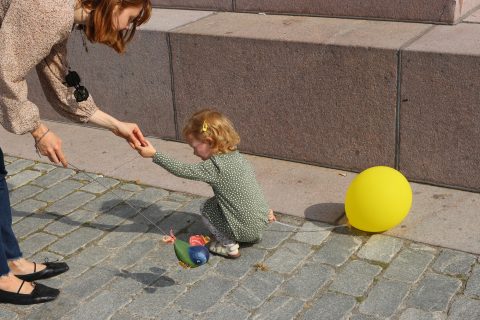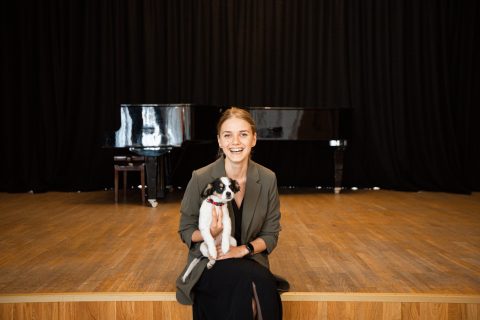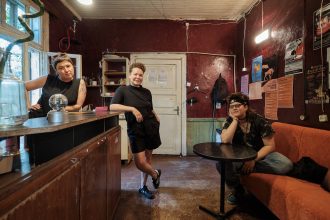Walking through one of the most European streets in Kaunas – Putvinskio – I keep looking at all the authentic doors of the interwar period modernism that have been reborn in the hands of restorers, and for a moment I stop, focusing on one or another balcony. I go up and down with one of two funiculars – which connects the city center to Žaliakalnis – operating in the city.
And then I continue my acquaintance with the street of professors, academics, museums and culture. When on it, I always ask myself, “Is there a slightest reason why I wouldn’t want to live here?” The answer is: probably not. I realized this while talking about the history of this street and the activities that are currently taking place here with the employees of Kaunas Artists’ House and the main organizers of Putvinskio Street Day: Asta Volungė and Agnė Bagdžiūnaitė.
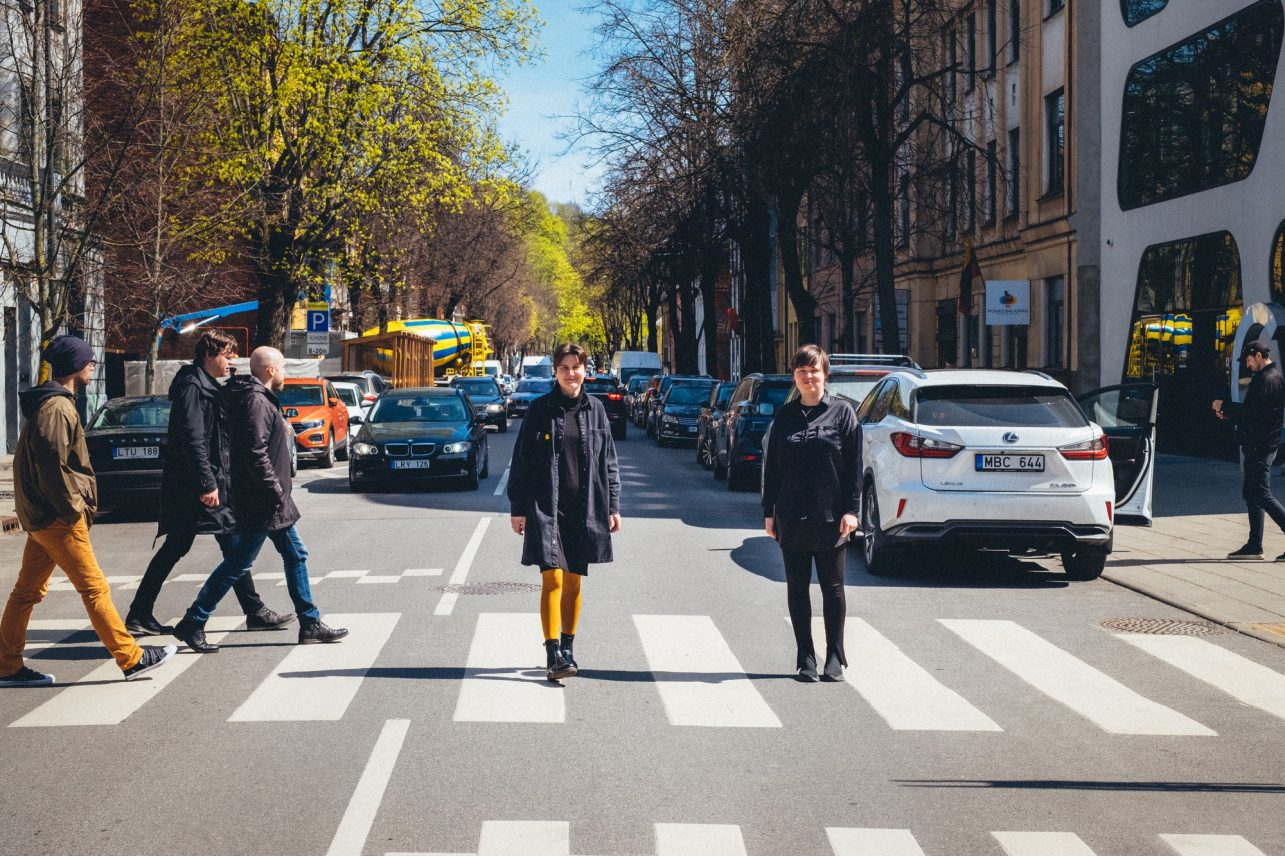
Tells us about Putvinskio Street. In your opinion, what makes it special?
Asta: Every street has its own history. And the most interesting are those in which world history intertwines with individual memories. Putvinskio Street is one of those streets that is remembered by different generations and people with different views, who belong to different classes and subcultures. Putvinskio Street – which was once called Kalnų and S. Neries – is recalled by working class people, who took the stairs to the Radio factory daily, hippies, who dreamed of independence during the Soviet times, and the old bohemians of Kaunas. Lithuanians, Roma and foreigners lived here in harmony. When I attended Kaunas Art Gymnasium, on my way to school, I crossed this street. I would pop by Kaunas Artists’ House with my friends to evaluate and criticize the exhibitions. At the time, it seemed to me that I was an expert.
Agnė: In fact, I discovered Putvinskio Street only when I got a job at Kaunas Artists’ House because I come from Šilainiai district. It’s probably no secret to anyone that for people living further away from the center, the city usually reveals itself a little differently, from a different perspective. That division between the center and the district still exists today, although I always wanted it to be less pronounced.
For me personally, Putvinskio Street was not exceptional before, but now I think of it as a very important part of the city’s history. I believe every street should have its own day and celebrate it. And we are just trying to show how this can be done in different ways – by creating the street itself and its surroundings.
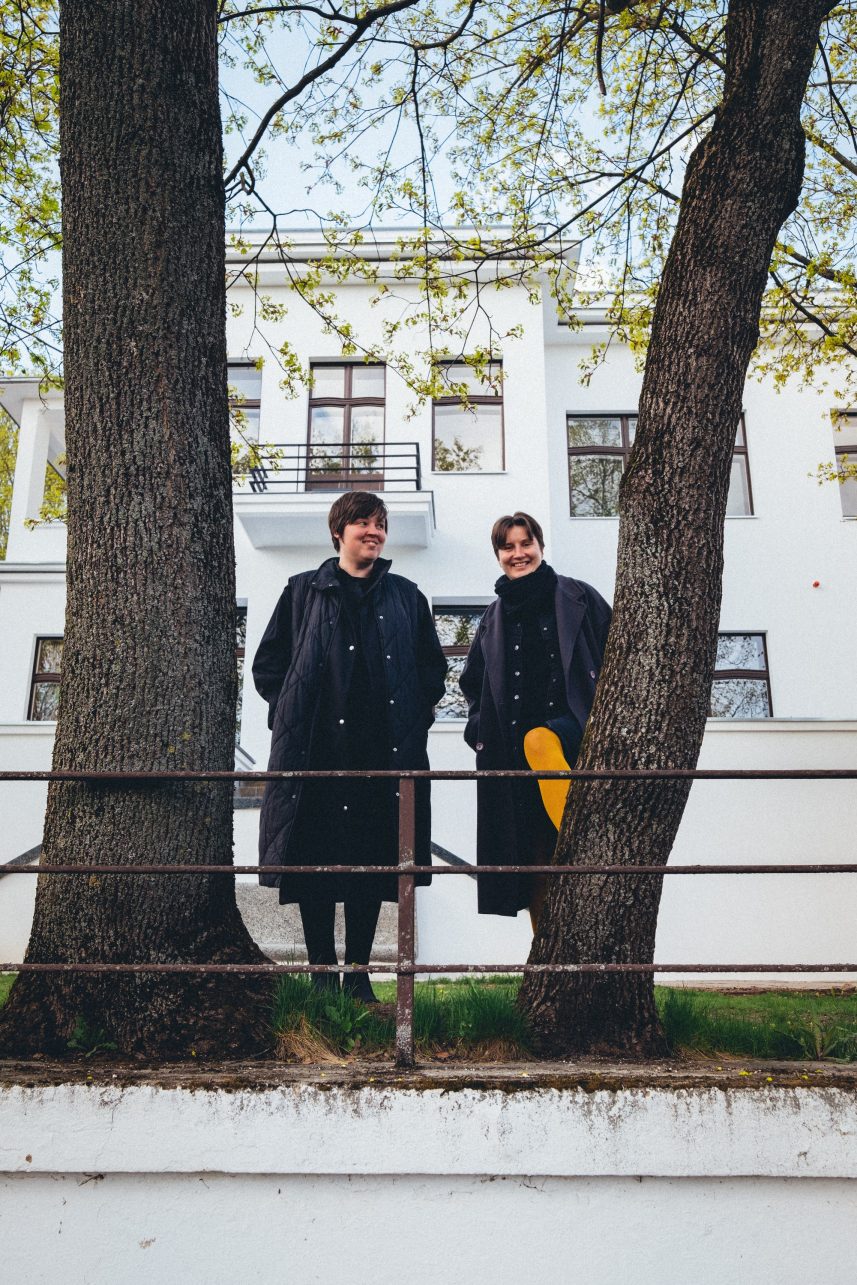
In March 2017, we published an issue of Kaunas Full Culture titled “Quarter”. One of the people interviewed – Justinas Kalinauskas, who was the interim director of Kaunas Artists’ House – noticed that Putvinskio Street can basically be called a cultural space. Would you agree?
Asta: This street has been considered prestigious since its inception in the early twentieth century, during the period of the temporary capital. Antanas Žmuidzinavičius and his wife Marija Žmuidzinavičienė-Putvinskaitė, the family of the artist Domicelė Tarabildienė, the diplomats of the time lived and worked here. Vytautas the Great Museum of Culture (now Vytautas the Great War Museum and the National M. K. Čiurlionis Museum) were being established here. In the Soviet era it was dominated by a slightly different culture. Songs accompanied by an accordion and rock music, which was not popular with the authorities at the time, was heard on the street, blasting from police dormitory. After the independence, one of the first nightclubs and bars in the Kaunas Artists’ House and the Devils Museum operated on the same street. It had everything.
Now history and the present connects – and sometimes even competes – on Putvinskio Street. Or the way different generations and individuals understand culture, which is probably why almost all the elements of changing Kaunas can now be found here: from the interwar architecture that has become the symbol of the city to exhibitions at the business center, in front of which protests take place and teenagers skateboard. In my view, culture must be lively and full of contrasts, and there are a lot of them on Putvinskio Street.
The building where Kaunas Artists’ House now operates was designed by Vytautas Landsbergis-Žemkalnis and built in 1930. It is said that the building was intended to serve as the diplomatic mission of the Holly See in Lithuania, but the nunciature was never established here. How do you feel about going to work to this historic building every day?
Asta: In 1971, the building marked with the number 56 on Putvinskio Street was handed over to the cultural community and became a meeting place for artists, musicians and actors. Older generation visitors of Kaunas Artists’ House probably still remember the building as not only a cultural centre, but also a centre for avant-garde and the Reform movement. What we are doing today is very different from those times, but we are continuing with the vision and trying to make room for new, relevant, albeit not always convenient ideas and expressions.
If we were to look at the hall of the Kaunas Artists’ House from above, we would see that it is in a shape of a cross. According to legends, there is a fountain below the stage and behind it, you will find stained glass windows depicting Greek muses, and the walls are decorated with ornate Soviet gypsum designs. These somewhat contradictory elements are complemented by events that analyse – through contemporary art and culture – the topics of history and modernity, politics or feminism. We organize readings of queer poetry and even camps for refugee youth. This historical eclecticism and the opportunity to reflect or even change what is relevant now through culture is, in my view, the most valuable thing that culture has to offer. I am delighted to have the opportunity to contribute to this during this intense – in every sense of the word – historical period.
Agnė: The building is really spacious – it has plenty of natural light, so it is really nice to work at. As Asta said, it is very important to mention that Kaunas Artists’ House was like a starting point for artists’ careers. Various creative experiments were carried out here, which did not necessarily suit everyone’s taste. I want to continue the tradition without paying too much attention to the issues of authenticity.
Sometimes, it seems that there is a wish to narrow the activities of Kaunas Artists’ House, as if it had nothing to do with the global phenomena and was only a part of the history of Kaunas culture. But let’s start with the fact that the architect of the Kaunas Artists’ House studied in Rome, various avant-garde movements did not begin in Kaunas, and the time of bohemians – when you could spend all day at a bar – does not correspond to modern reality and should not be romanticized. Many people met a tragic fate due to alcohol consumption. Kaunas Artists’ House is still active today and although the building is historical, its activities are often related to the modern contexts around us.
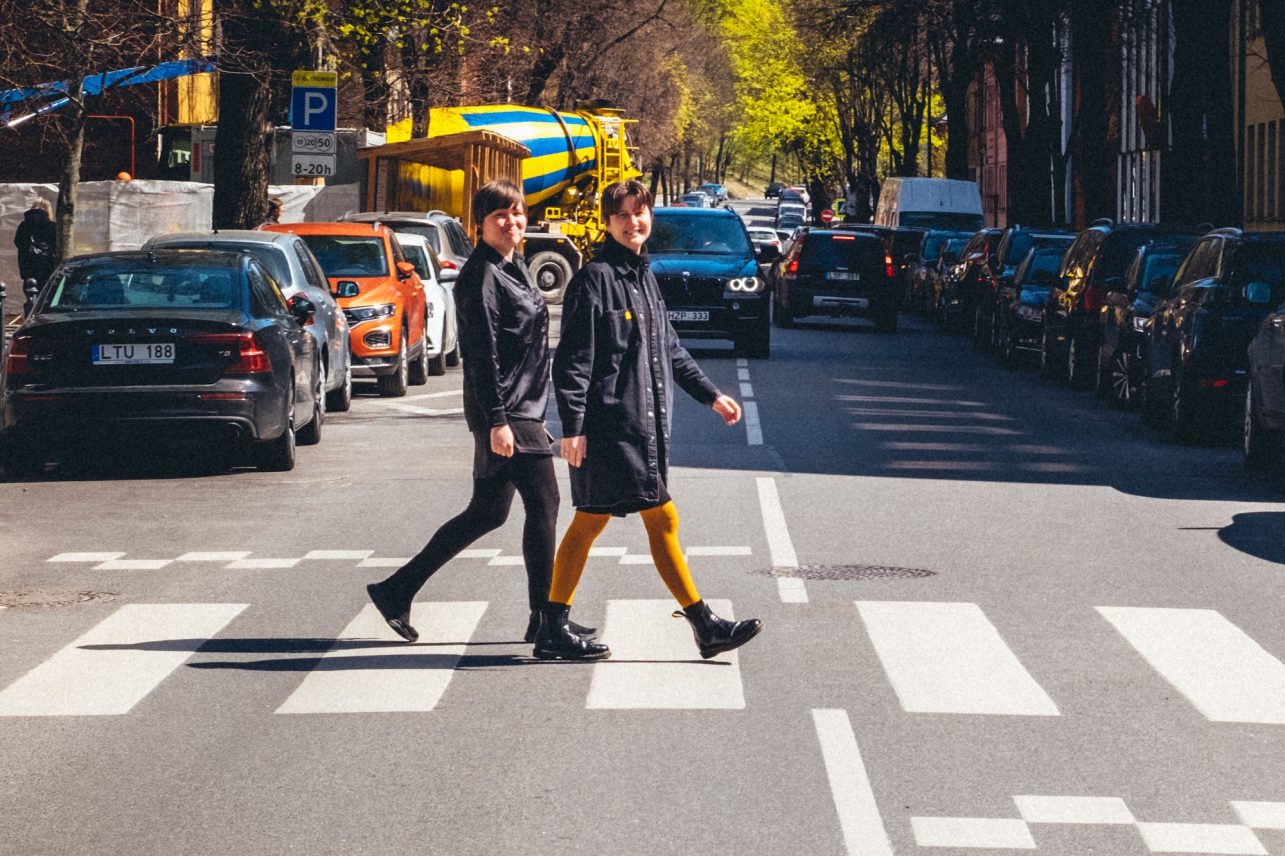
And how did you get here? What brought you to this cultural space?
Asta: After studying at the Kaunas Art Gymnasium, Kaunas faculty of Vilnius Academy of Arts and work at the National Kaunas Drama Theater, I felt that art was not creating the kind of change I wanted to see. Disappointed, I turned to the social, educational field; I worked with socially vulnerable groups and took up gender studies. Since my studies, the situation in the field of culture has changed, and an opportunity to connect the areas that are important to me arose at the Kaunas Artists’ House, so I came here with my own vision, which I now have the opportunity to fulfill.
Agnė: Some time ago I came to coordinate one project and saw that it was a great space to develop various activities related to contemporary art and to involve groups of people who do not necessarily work in the field of art and culture. This was the aspect of the Kaunas Artists’ House activities that I really liked. At the same time, this place is an interdisciplinary institution that covers a wide range of fields, opens opportunities for collaboration with representatives of science, politics, activism and allows the development of long-term research-based projects.
Do neighbors get involved in your organization’s activities? If so, to which and in what way?
Asta: Putvinskio Street Day has been celebrated for several years and the event changes a bit every year. Before the quarantine changed the formats of the events, the festival brought together neighbors – people and institutions – who could offer their activities and thus contribute to the festival. We’ve had it all: from exhibitions or tours to a cold beetroot soup served by a neighbor who had brought out a table to the street.
By visiting here today, you can see or experience the street over and over again, differently. You may have the opportunity to enter locked courtyards or stairwells, explore the nooks of the museums and playfully investigate the details you wouldn’t otherwise notice. We are offering a different and new approach this year as well.
Probably it’s time to talk more specifically about why I came here, and that is, because of Putvinskio Street Day. Are you trying to get the attention of your neighbors or all the townspeople in general with this event?
Asta: This year, Putvinskio Street Day is special in that it takes place even in the context of several major events. We are joining the second event of the Kaunas Myth trilogy – The Confluence – organized by Kaunas – European Capital of Culture 2022. On the same weekend, the city will host many different events that will fill Laisvės Avenue and the Old Town.
There will be a lot of creative bustle in the city, so this time during Putvinskio Street Day we decided to invite visitors to explore the idea of a street/courtyard by participating in creative workshops and experiencing the works of emerging artists created especially for this day. On the afternoon of May 21, Putvinskio Street will become a lively space of creative experience where visitors – with the help of professional creators – will be able to experience the street/courtyard and contribute to the entire creative process with their participation.
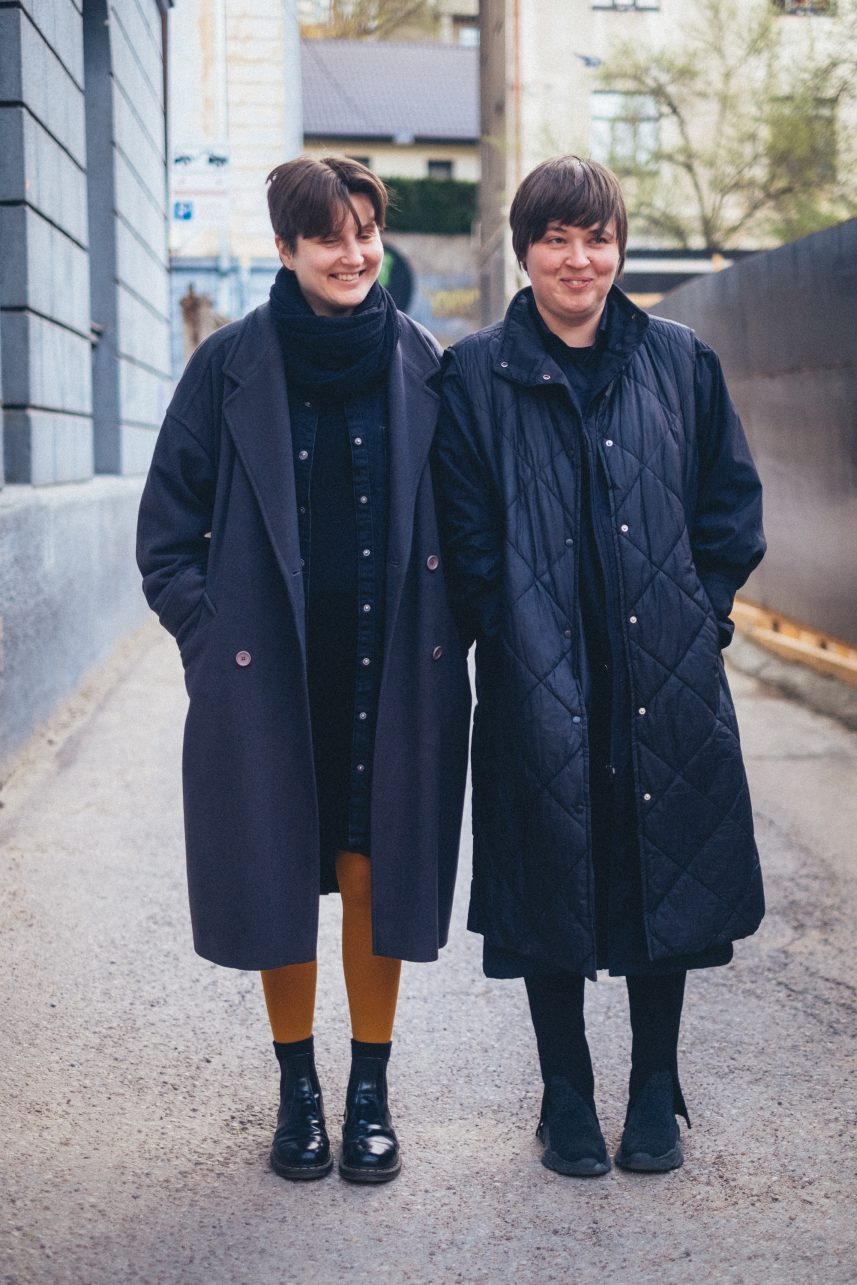
Your website says that from the first pavement in 1920s until now, this street has always been full of culture, interesting personalities and oddities. I can only agree. You presented it perfectly in Putvinskio Street Days that are being organized since 2017. For one day, the street becomes a common courtyard. Its history is explored, workshops are held as well as an interactive street game Fantazarium is played. What will historical city street day look like this year?
Agnė: It is still difficult to answer exactly what this day will look like, because everything depends a lot on both the weather and the involvement of people. We very much hope that people will be able to explore their relationship with the environment, the city, the street, and its objects. I hope that in this way new contacts will be established not only with other people, but also with the environment of Putvinskio Street. We will do our best to make sure the event draws people in.
We will start with the creation of the so-called secretaries, and as the day of Putvinskio Street approaches, we will invite you to leave your creative puzzle – a little story under a shard of glass – in our backyard. During the event itself, we will invite you to participate directly in workshops led by artists in different places, to see a performance of an exhibition. I can say that the day will consist of two parts: one will feature workshops led by more established professional artists and another one will contain selected emerging artists, who have submitted their proposals and creative ideas to the program of Putvinskio Street Day.
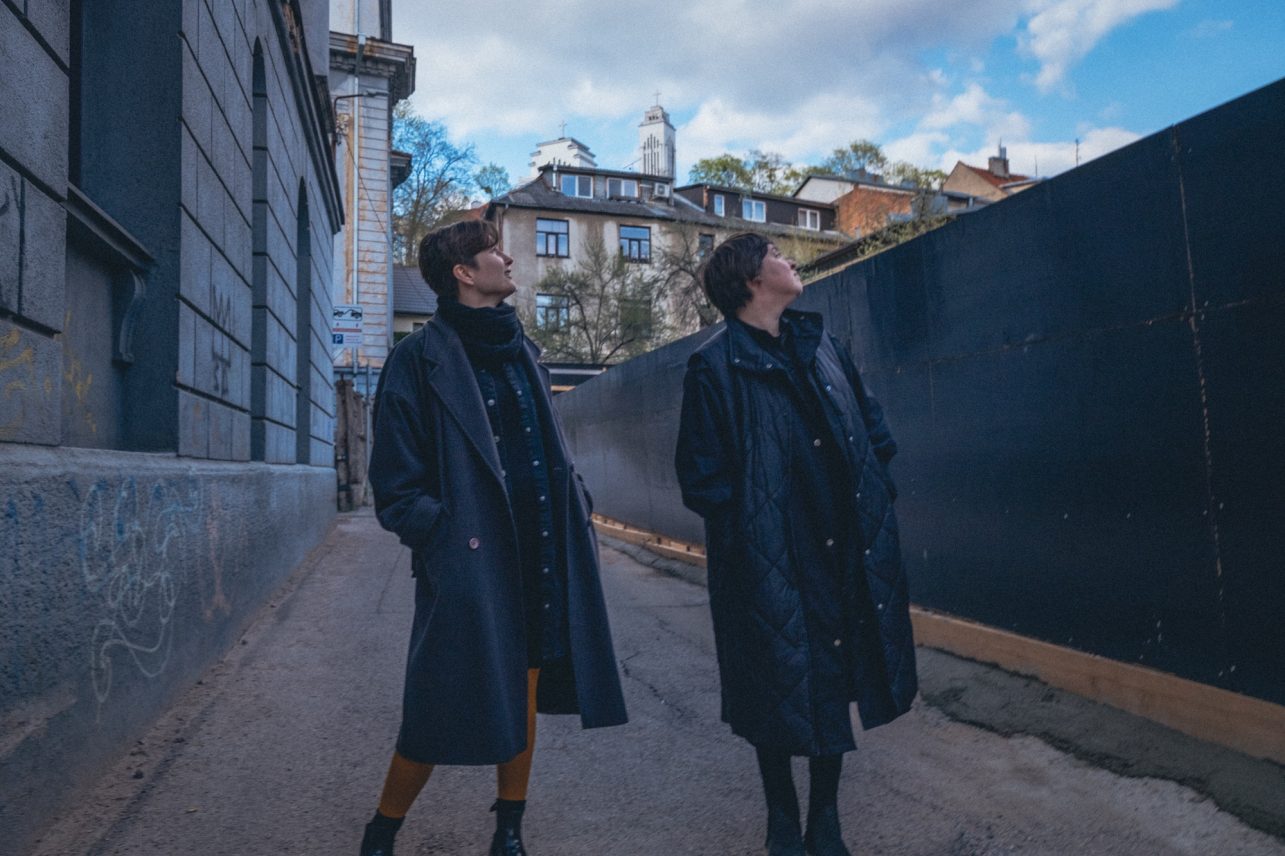
Will these initiatives help people learn curious things about the history of this special street, or are you planning a different direction?
Asta: Knowledge can be very different. It can come from reading a book or taking part in a tour, but it can also come from creating, touching, talking to a neighbor, or immersing yourself in meditative creative practices. We strive for participants in Putvinskio Street Day to discover something new not only about this street but also about their relationship with it, its space, and its history. And we also want them to create that relationship. We can really promise interesting things, and we invite you to experience the history of the street a little differently this year.
Agnė: In the workshops and other creative activities that will take place during Putvinskio Street, we want to invite people to think about the functions of spaces and the importance of their change. We know from experience that a bank can become a canteen, and a park can turn into someone’s private yard. At the same time, the city is changing. What if pedestrian streets like Laisvės Avenue would spread around the city? Maybe some of the streets would just become a one big common yard where children play, and plants grow through the cracks in the asphalt. You never know.

